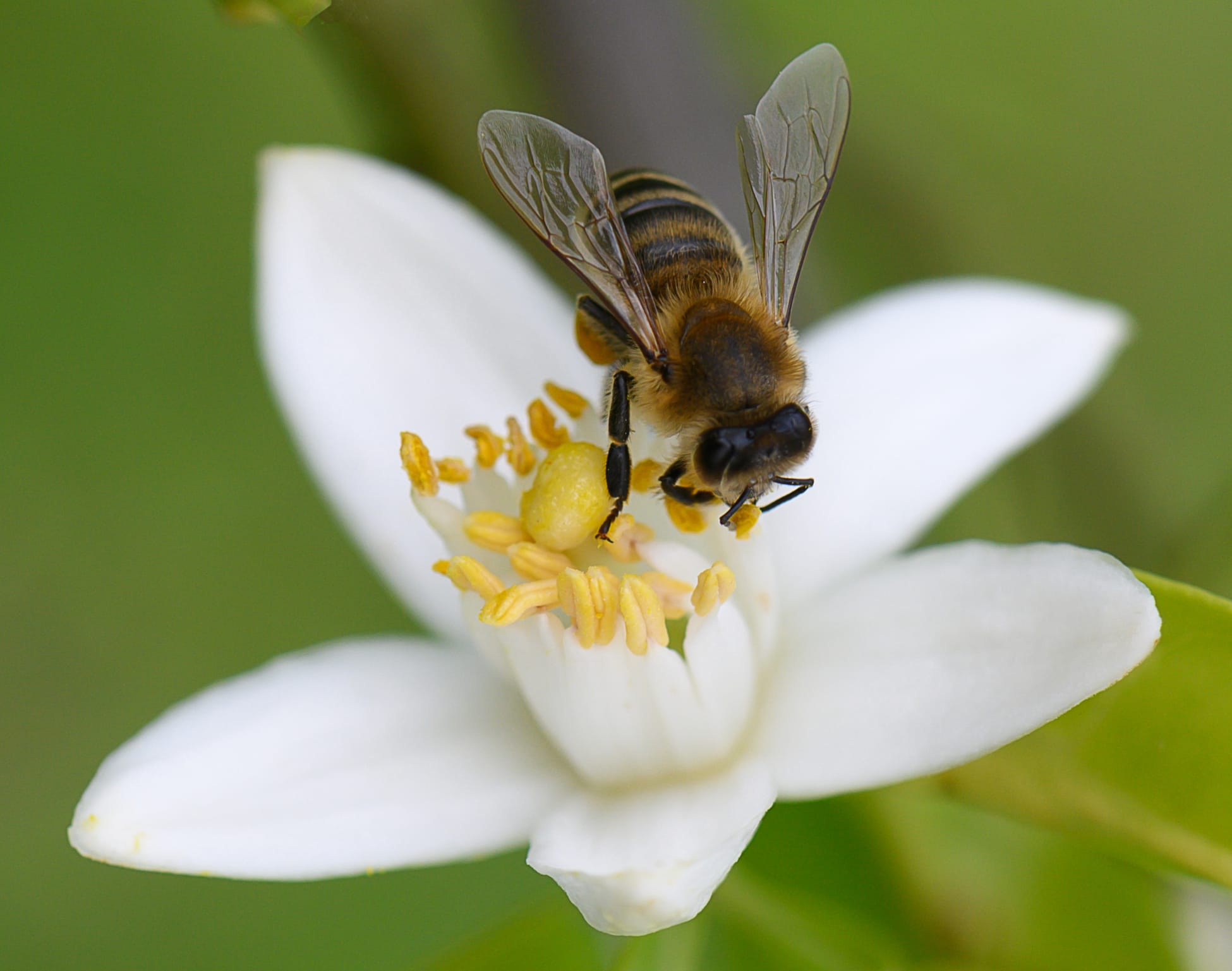People living with systemic mastocytosis (SM) are particularly sensitive to insect stings, which can activate mast cells and cause an allergic reaction — sometimes a severe one. Hymenoptera venom immunotherapy (VIT) is an effective way of preventing a severe allergic reaction following an insect sting.
Why insect stings carry extra risk in systemic mastocytosis
Symptoms after an insect sting can range from skin itching and flushing, nausea, stomach pain and headache to life-threatening episodes of anaphylaxis. Insects in the order Hymenoptera — which includes bees, yellowjackets, wasps, hornets and fire ants — pose a special risk, as their venom contains allergens that many people with SM react to strongly.
If you have SM, your doctor might recommend taking steps to avoid insect stings, and carrying epinephrine in case a sting leads to anaphylaxis. But EpiPens are not always enough to stop anaphylaxis (and are easy to forget at home), leading some patients to pursue venom immunotherapy to prevent an allergic reaction.
What is venom immunotherapy?
Hymenoptera venom immunotherapy (VIT) is designed to restore immune tolerance in someone sensitive to insect stings, to eliminate or reduce their allergic reaction to the venom. Patients receive a series of injections of either venom specific to one insect — such as bees — or mixed doses with the venom of several different stinging insects.
VIT has been in practice since 1974, with improvements occurring over time. Different treatment centers follow slightly different VIT treatment protocols. However, in most cases, conventional VIT treatment follows two defined phases:
- Build-up phase: Injections at intervals of one shot per week for 15 weeks.
- Maintenance phase: Injections at intervals of four weeks in the first year, then every six weeks in the second year and every eight weeks from the third to fifth year of treatment.
Is Hymenoptera venom immunotherapy effective in SM?
VIT is recommended for use in people living with SM, as they have a higher risk of developing frequent and severe episodes of anaphylaxis. However, the potential for side effects is high, with allergic reactions potentially including anaphylaxis.
Read more about SM treatment and care
What is rush immunotherapy?
In some cases, VIT requires more urgent results. Rush immunotherapy may be recommended for some people living with SM who are at greater risk of severe reactions to insect stings. Rush immunotherapy involves higher doses of venom over a shorter period.
How to prepare for your first VIT appointment
Before starting VIT, you will need to complete some testing:
- Skin testing: To diagnose an insect venom allergy. This is usually performed following an allergic reaction to an insect sting.
- Venom-specific IgE blood tests: To determine which venom you are most sensitive to.
- Tryptase level testing: To assess mast cell activity. Patients with an elevated baseline tryptase level usually have severe allergic reactions to Hymenoptera venom.
Once the decision has been made to pursue VIT, your healthcare team will advise you on how best to prepare for your first VIT dose. To avoid a severe reaction, they will likely advise you to premedicate with antihistamines and corticosteroids. Your allergist will monitor you closely throughout the procedure and immediately after, and will be ready to follow the correct treatment protocol for allergy emergencies.
Sign up here to get the latest news, perspectives, and information about SM sent directly to your inbox. Registration is free and only takes a minute.

